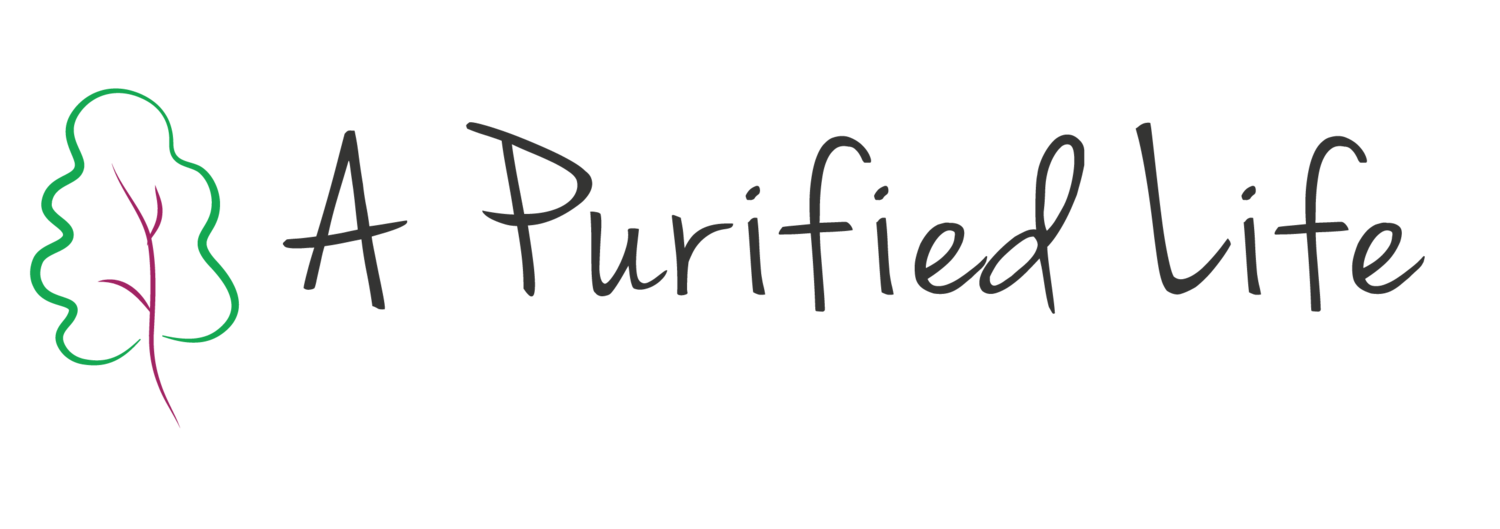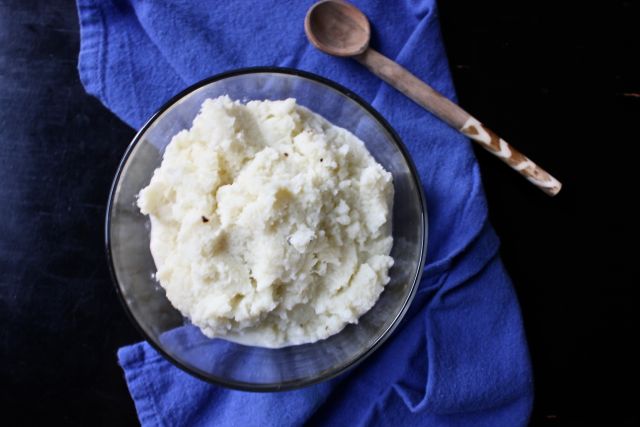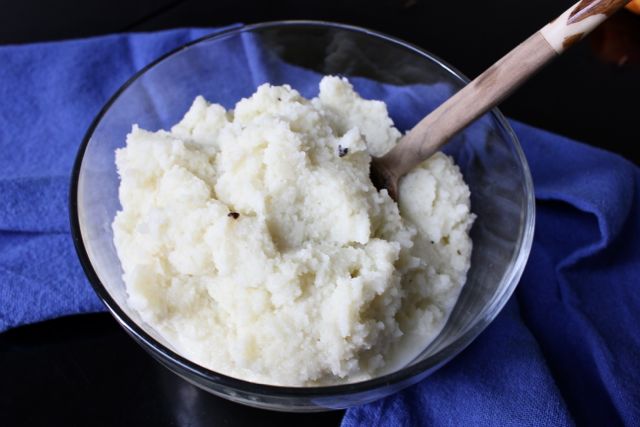You've probably heard me talk about probiotics already. Perhaps here. In my opinion, most health problems and symptoms are due to poor digestive system (gut) health. Since 70% of our immune system is located in our gut, when one system is compromised, so is the other. This is why I highly recommend eating fermented foods daily that contain probiotics to heal and repair imbalances in the gut. Examples of these foods include: coconut kefir, coconut yogurt, kimchi, sauerkraut, fermented vegetables, and coconut water kefir.
One way I get my probiotics is from delicious homemade coconut milk kefir. It's tart and perfect to drink by itself, blended in smoothies, or added to a bowl of fresh fruit and seeds.
Here I will show you how to make the coconut milk first, then the kefir using the milk. I hope you enjoy this easy but healing process.
Homemade Coconut Milk
Ingredients
1 cup unsweetened shredded coconut
3 cups filtered or spring water
Vanilla flavor (optional)
1 teaspoon vanilla powder or extract
Pinch of stevia or raw honey
Procedure
- Blend ingredients in blender until smooth, about 2-3 minutes.
- Strain with a nut milk bag or fine mesh strainer. Squeeze solids to get all liquid out.
- Blend coconut milk with vanilla and sweetener if flavoring.
- Place in a glass bottle/jar and store in refrigerator.
Coconut Milk Kefir
Ingredients
3 cups homemade coconut milk (or 2 cans 'Native Forest' full-fat coconut milk - BPA free)
2 probiotic capsules
Procedure
- Blend coconut milk to get rid of any solid pieces.
- Place in a jar large enough to fit all of the milk and have some space at the top (you may also separate milk into two smaller jars). Mix in probiotics (open capsule and only use powder) with a wooden spoon. Avoid using metal because it kills probiotic bacteria, and avoid blending at high speed.
- Cover loosely and place in oven with pilot light on (do not turn on the oven!). Let sit for 24-48 hours, until it has reached your desired tartness. Taste it at 24 hours with a wooden or plastic spoon.
- Store in an air-tight container in the refrigerator. Good for up to 3 weeks.
Makes 3 cups
I would love to hear in the comments from you about how your coconut milk & kefir turned out.
xo,
Giovanna







